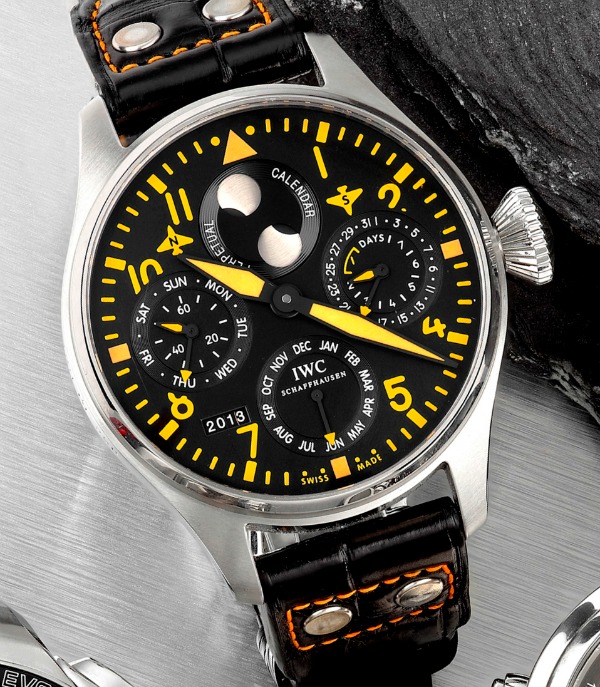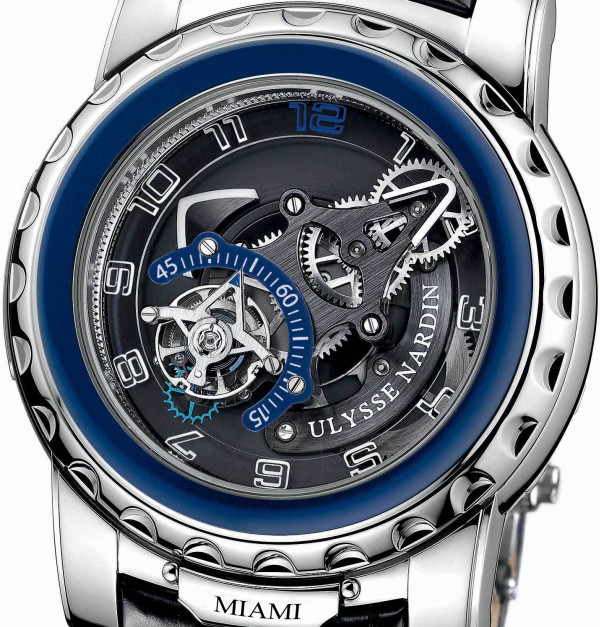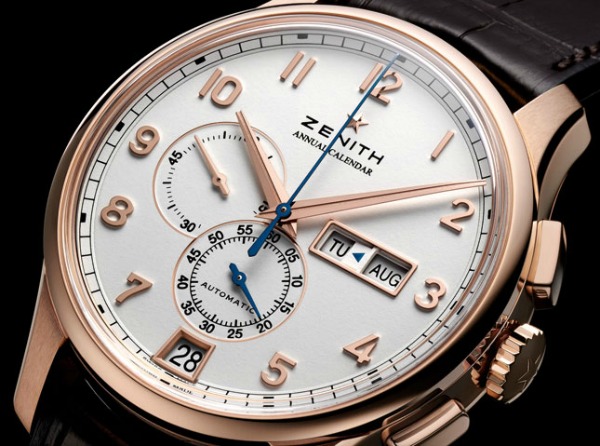
Swiss watch making is all about control. Parts are machined within tolerances of one thousandth of a micron. Assembly is done in near-clinical environments. External influences such as moisture, temperature, position and magnetism are not allowed to interfere with the operation of these precision machines. This quest for mechanical perfection has always been the case but in recent times, this desire for control has reached out ever further.
Brand image is tightly policed, whether it is a no-expense-spared advertising campaign featuring a Hollywood luminary, a carefully worded statement from the company CEO or an artfully massaged representation of the brand history on the corporate website.

So far ‘so in-house,’ and the problem begins when you want to sell your products to the public. For years, watch brands have built partnerships with retailers to develop a distribution network. Using a variety of ‘carrot and stick’ techniques they try to ensure that their products are sold in the ‘right’ way, displayed in the best part of the window and only next to ‘appropriate’ competitors.
The big unspoken subject is price. The brand will have in mind a price that they believe each watch should be sold for. This can only ever be communicated to the retailer as a ‘recommended’ retail price with heavy emphasis on the element of ‘recommendation’. Any suggestion that the price is fixed or that penalties will be applied for discounting will lead to swift intervention by the relevant competition or anti-trust authorities, with expensive results. For the retailer, there is a delicate balance to strike. They want to maximise their profits, offer an attractive deal but also avoid a price war with other local agents and all the time maintain good relations with the watch brand.

This has been thrown into sharper relief as watch brands start to take the next step along the path of control. Unless you look at jeweler / watchmakers such as Cartier, watch brands are not natural retailers but this has changed. A walk down London’s Bond Street or New York’s Madison Avenue is a roll-call of the finest names in horology and most of these stores will be brand owned. Becoming retailers allows the brands to control their image all the way to the customer, presenting their product and history in the best light possible, getting feedback directly from the watch owners and also allowing them to keep the retail margin and control the price.
But why would you enter one of these palaces of excellence if a better deal is to be had elsewhere? Surely you would use them just to wrist-test your chosen timepiece from the widest stock possible, ask all the questions you can think of and then place your order with your regular AD for a nice little discount?
